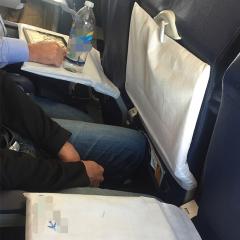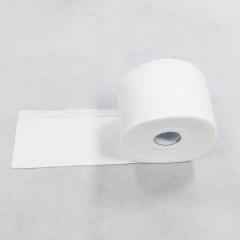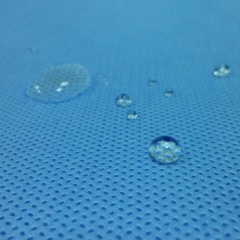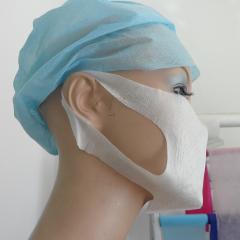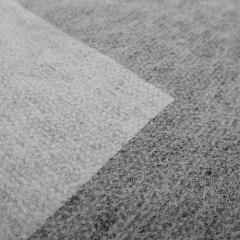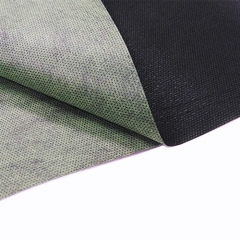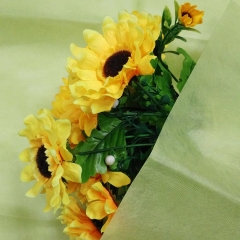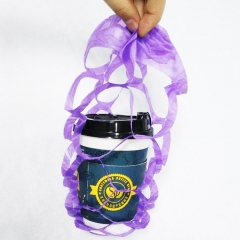Medical non-woven fabrics and sanitary non-woven fabrics can be divided into two categories: medical and sanitary
Sanitary non-woven fabrics can be subdivided into baby diapers, women’s sanitary napkins and adult diapers for urinary incontinence patients. Due to population growth, changes in population distribution, improvement in living standards and changes in consumers' attitudes towards disease and health care, diapers and feminine hygiene products will have a large market. According to a new research report made by the US Global Industrial Analyst, the global diaper market sales will reach 26.6 billion by 2012. Europe, North America and Japan account for more than 60% of the world’s total revenue. Reached 7.5 billion US dollars, becoming the world's largest regional market. The annual growth rate of the Asia-Pacific region will reach 9.6%, becoming the main growth driver, and the annual growth rate of the Latin America region will reach 7%. Since polypropylene spunbond, spunlace, SMS and other non-woven materials are inherently water-repellent, after water-repellent finishing, they can be used as the waterproof bottom film of diapers and sanitary napkins, and the surface layer of diapers and sanitary napkins Hydrophilicity is required, and non-woven materials such as polypropylene spunbond, spunlace and SMS need to be hydrophilically finished.
Medical protective clothing has been used for more than 100 years. It was originally intended to prevent microorganisms from invading the sterile operating room and protect patients from bacterial infections carried by medical staff. After the 1980s, due to the danger of infection at any time during the operation of medical staff, the main role of medical protective clothing began to change to prevent the penetration and spread of viruses in the blood. In recent years, in order to prevent indirect infection caused by bacterial penetration and cross-infection of viruses, the requirements for medical protective materials have become higher and higher. Developed countries such as Europe, America and Japan started researching on medical protective equipment earlier, and materials used in medical treatment, especially surgical gowns, surgical drapes and isolation gowns, have gradually shifted to disposable materials. my country is currently the largest production and processing base for disposable surgical gowns and protective gowns. 60% of the disposable surgical gowns used worldwide are produced and processed in China. Various materials such as polypropylene spunbond, spunlace and SMS non-woven fabrics have large performance differences. Surgical gowns for export usually need to be finished with fluoride to make them waterproof, antistatic, anti-blood, anti-alcohol, anti-gasoline, anti-bacterial, anti-microbial and anti-fouling functions to achieve the effect of shielding and protection. .
Finishing the non-woven fabric can greatly increase the added value of the product. A South Korean company once imported ordinary heat-stranded non-woven fabrics in China, and then after finishing them with activated carbon, antibacterial and insecticide, it has the effects of drug, antibacterial, insect proof, ant proof, breathable, waterproof and flame retardant, and then exports. In the Japanese and North American markets, the coating materials used for building foundations and exterior walls have obtained high profits.
The functionalization of non-woven fabrics has developed rapidly in recent years. After finishing, it can be hydrophilic, anti-static, anti-bacterial, anti-alcohol, anti-blood, anti-gasoline, anti-microbial, anti-ultraviolet, anti-mildew, anti-virus, and water-repellent. Various functions such as, oil repellent, flame retardant, insect prevention, odor prevention and fragrance. With the continuous development of the application and research and development of functional non-woven fabrics, new functional finishing agents, new finishing sizing equipment, baking Dry equipment and new production techniques will continue to be available. In order to avoid product singularity, homogeneity and low-end price competition, non-woven fabric manufacturers should develop products that are diversified, differentiated and functional. The development of non-woven applications will bring great benefits to mankind.







